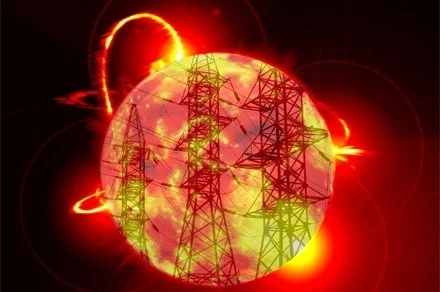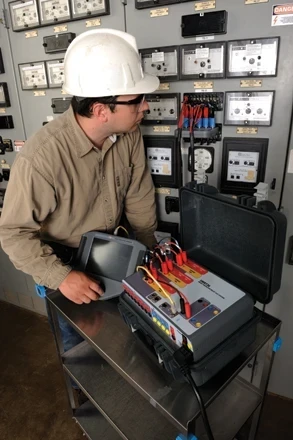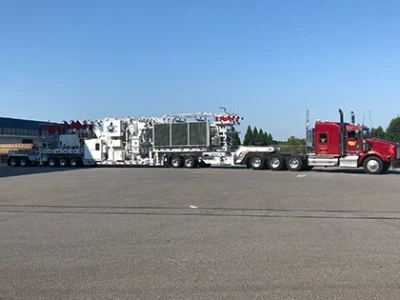Leakers, What a Mess!

Electric Substation apparatus, transformers and circuit breakers, are the workhorses of the electric transmission grid. Our focus in this article is on the issue of dielectric media leaks. Specifically, oil in large power transformers and oil or SF6 gas in power circuit breakers. Oil and gas leaks both have their share of risks to the environment.
Financial control is playing a big part in the management of the assets in today’s electric utilities. The repair vs replace equation is looked at by utility leadership these days with a magnifying glass. They are striving to continue to operate and maintain the older transformers and circuit breakers that were designed in the slide rule era, by engineers with an eye on longevity. This older apparatus was purchased perhaps 30+ years ago at a price much less than what it would cost today to replace many units. Thus, built in the slide rule era, but being maintained in the computer era with a much closer and real time tracking of actual costs to operate. Today’s mentality of management is do more with less, make it last longer but don’t spend a fortune to repair it.
Large Power Transformers
Operating today’s transmission system with scheduled power purchases and power wheeled from one end of the grid to the other results in tightly scheduled transmission system element outages, making it difficult to take extended outages for maintenance and repair. Preference is for short outages, 1-2 weeks long at most. Longer outages require a lengthier planning cycle with Transmission System Operators, sometimes needing to be scheduled as much as 6 months in advance. Emergent repairs for issues such as oil leaks usually cannot wait 6 months from discovery of the oil leak to making the repair.
The traditional methods for addressing transformer oil leaks typically entail draining the transformer of oil, using large cranes to remove and replace the leaking radiator or bushing, using larger substation maintenance crews of 4-5 people. Often times the common solution is to remove every radiator and bushing and regasket every flange to prevent all future leaks.









